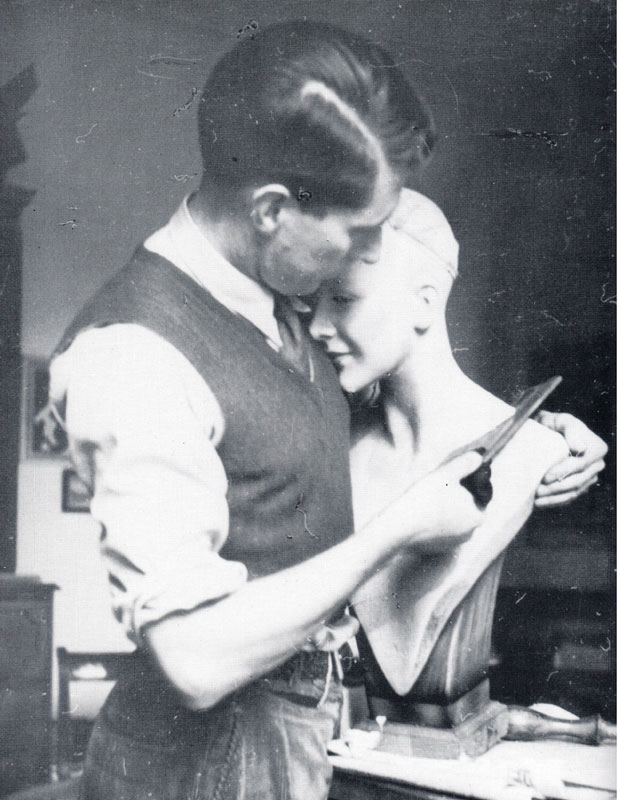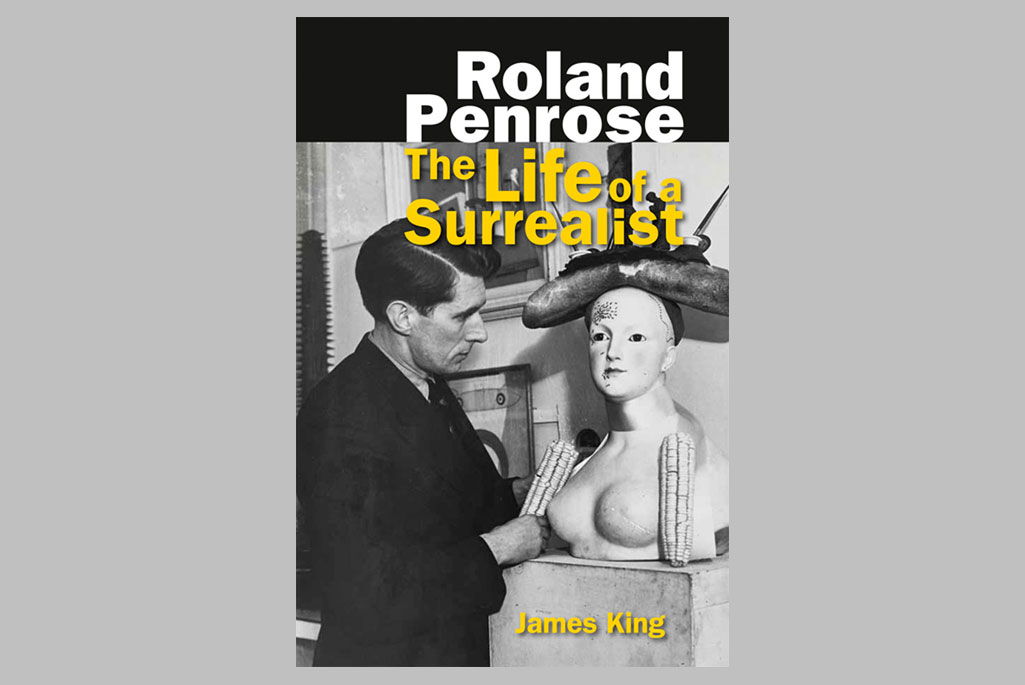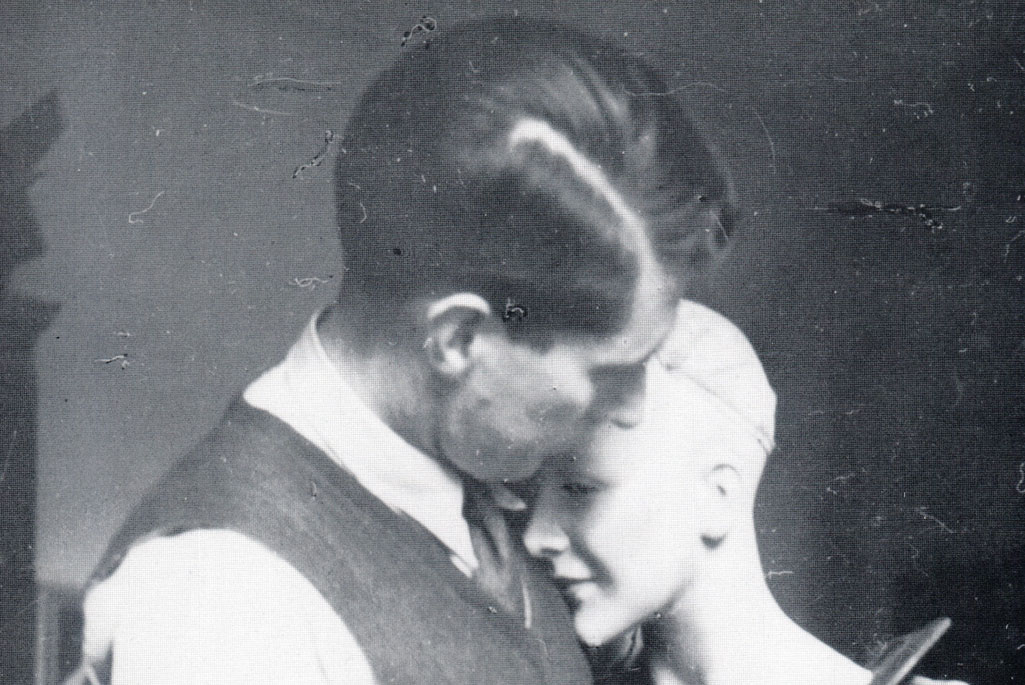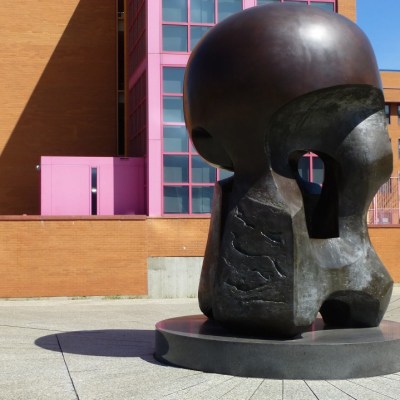Like its more sober godparents – psychoanalysis and Marxism – Surrealism arrived in Britain as a perplexing continental import. It flourished briefly in the climate of anxiety and revolutionary possibility that pervaded the cultural life of the nation in the years before the Second World War, tangling and contending with the more embedded forms of abstract and constructive art which had already taken root there in the previous decades. Against the increasingly well-established taste for refined formal abstraction and constructivist linearity, the new movement had an uphill struggle.
Yet when the great champion of abstraction, Herbert Read, judged Surrealism to be ‘a negative art […] the art of a transitional period’, it was not simply a denunciation. The feeling of transition was cultural, shared by many artists and writers of the febrile and morbid 1930s. Surrealism may have gradually faded as a coherent movement, but to many it had seemed an appropriate and timely response to a specific set of historical circumstances, and its legacies – symbolism, irony, anti-rationalism, contingency – were to remain key elements in the further development of post-war British art.
No one – artist or critic – did more to ensure that legacy than Sir Roland Penrose (1900–84), whose singular contribution to the arts is brought into sharp focus by James King’s welcome biographical study. Born into a Quaker family, his father a portraitist and genre painter, Penrose grew up in London and Hertfordshire before following his elder brother Alec into the Friends Ambulance Unit, serving with the Red Cross in Italy during the last days of the First World War. After Cambridge, he left England again for the more permissive and glamorous atmosphere of the French art world, where he embarked on a long love affair with Surrealist art and thought. Thereafter he became Surrealism’s champion in England, helping to organise the landmark International Surrealist Exhibition at the New Burlington Galleries in 1936, and later becoming a driving force behind the new Institute of Contemporary Arts.

In France Penrose cultivated a wide circle of eminent Surrealists, making for a somewhat splintered biography as the cast of characters expands. His initiation into the networks of French modernism brought him into contact with a great number of significant figures, from Jean Varda to Paul Éluard to Picasso himself, and the subject of this study frequently disappears from view behind shorter biographical notes on these many acquaintances. If this is sometimes awkwardly handled, it nonetheless serves to reinforce the sense of collaboration and connection that fuelled the Surrealist project. Penrose, who as a painter remained more closely aligned with his continental masters than with the new Surrealist-inflected Romanticism of English art, has not always been well served by the ‘Big Names’ school of art history. King’s willingness to give context to his subject by detailing his personal and professional dealings with other artists is both apt and refreshing.
Even so, it must be said that King is sometimes inclined to take the Surrealists at their word in overestimating the coherence of their project, and his evident admiration for Penrose makes for a certain degree of over-indulgence. A great deal of space is given to Penrose’s unconventional private life, and in particular to his unhappy first marriage and semi-open relationship with his second wife, the photographer Lee Miller. Of his personal conduct, King notes without irony that ‘Roland felt perfectly free to have sex with other women and yet remain emotionally committed to Lee. His belief in Surrealism as a way of life in which contrary instincts can live together allowed him to do this.’ The reader is left to wonder how it has been possible for so many others, without any noticeable commitment to Surrealism, to have managed the same feat.
While King does an admirable job of illuminating the life, the art is less delicately handled. Every painting seems to find its source in a particular moment of biography, or to express some unconscious impulse, and there is much speculation as to what Penrose might have been thinking or feeling while making some particular work or other. We don’t need to know about the tumultuous relationship between Penrose and Miller to appreciate the striking symbolic figure in Night and Day (1937); likewise, Penrose’s penchant for bondage might well have something to do with the cages and chains that appear throughout his work, but it doesn’t explain away the eerie dreamscape of a painting like Octavia (1939). And the biographical habit leaves King with little to say about less obviously personal works like Le Grand Jour (1938) or The Last Voyage of Captain Cook (1936–67). It is one thing to say that the Surrealists were interested in producing art that would take seriously the unconscious and irrational aspects of human existence, quite another to insist that their paintings should play the role of a psychological index. When King quotes Penrose’s own analysis of Picasso’s Girl With a Mandolin (1910) – a short paragraph full of careful attentiveness to the particularities of form and colour, with little or no speculation as to the work’s meaning or aetiology – his own biographical readings suffer somewhat by comparison.
There is another story here, however, one about the growing significance of the collector in post-war art. Penrose was blessed not only with an artist’s eye, but with a collector’s taste and the financial resources to indulge that taste. He also, King notes, had sound business sense: ‘He once told a friend that he never paid more than a three-figure sum for one piece, and never sold one for less than a four-figure sum’. There was a fair amount of luck involved – works by Picasso, de Chirico, Miró, Ernst, and Magritte were offered to him early on, and at bulk prices, by hard-up contacts – but he also went out of his way to acquire specific works that he admired.
Strangely, these two aspects of King’s book sometimes work against one another. Where the search for personal, psychological explanations of the paintings diminishes rather than enhances their interest, the vivid accounts of fertile collaboration and productive social life help to rescue Surrealism from the usual charges of narcissism and self-absorption, and go some way towards modifying the consensus view of Penrose himself as a mere imitator. Still, Penrose – who always saw contradiction and paradox as the lifeblood of Surrealist thought – would surely have had no quarrel with that.

Roland Penrose: The Life of a Surrealist, by James King, is published by Edinburgh University Press.
From the September issue of Apollo: preview and subscribe here.



